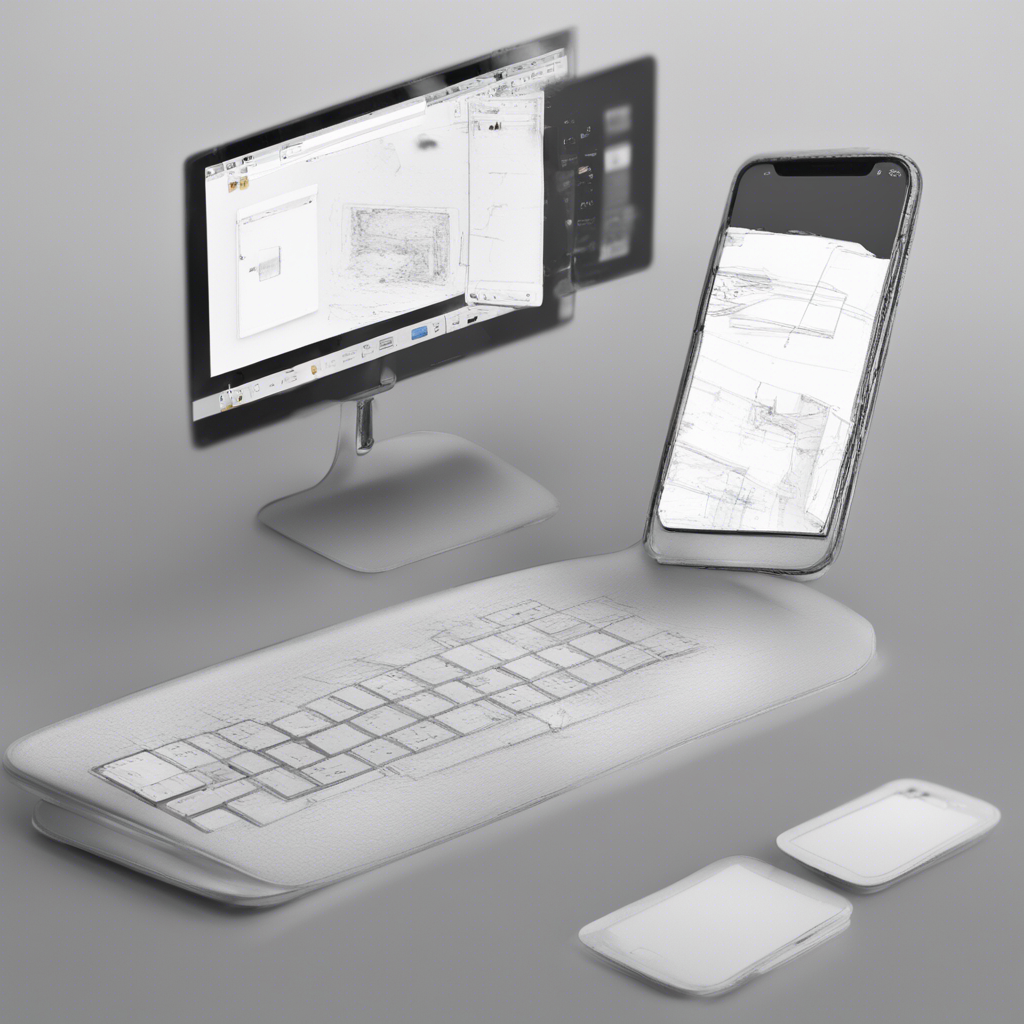
Python is a versatile and popular programming language that has gained immense popularity in recent years. Its simplicity, readability, and extensive library support make it an ideal choice for beginners looking to start their journey into programming. In this comprehensive guide, we will walk you through the basics of Python and help you get started on your programming journey.
Why Learn Python?
Python is a general-purpose programming language that can be used for a wide range of applications, including web development, data analysis, artificial intelligence, and scientific computing. Here are some key reasons why learning Python can be beneficial:
-
Easy to Learn: Python has a simplified syntax and a clean structure, making it easy for beginners to grasp the basics of programming.
-
Readability: Python code is highly readable and resembles English-like statements, allowing developers to understand and modify code quickly.
-
Versatility: Python can be used for both small-scale scripting and large-scale software development projects, making it suitable for a variety of applications.
-
Vibrant Community: Python has a massive community of developers who contribute libraries, frameworks, and resources, making it easier to find support and solutions for any coding challenges you may encounter.
-
High Demand: Python is widely adopted by tech companies and organizations worldwide. Learning Python opens up numerous career opportunities in various industries.
Now that you understand the benefits of learning Python, let’s dive into the basics!
Installing Python
Before you start coding in Python, you need to install the Python interpreter on your computer. Here’s a step-by-step guide to installing Python:
-
Download Python: Visit the official Python website at python.org and download the latest version of Python for your operating system.
-
Run the Installer: Locate the downloaded file and run the installer. Follow the on-screen instructions to complete the installation process.
-
Verify Installation: Open a terminal or command prompt and type
python --versionto verify that Python is installed correctly. You should see the version number displayed.
Congratulations! You now have Python installed and ready to use.
Getting Started with Python
Interactive Mode
Python provides an interactive mode, which allows you to experiment with code snippets, test ideas, and learn the language interactively. To start the Python interactive interpreter, open a terminal or command prompt and type python or python3 (depending on your system configuration).
Once the interpreter is launched, you can start entering Python code directly and see the results immediately. It’s a great way to get familiar with the language and try out different Python features.
Here’s an example of Python’s interactive mode in action:
>>> print("Hello, World!")
Hello, World!
Writing Python Scripts
While interactive mode is useful for quick experimentation, most coding tasks in Python involve writing scripts. Python scripts are text files with the .py extension that contain a series of Python statements.
To write a Python script, you can use any text editor or integrated development environment (IDE) of your choice. Here are some popular text editors/IDEs for Python:
Once you have chosen an editor, create a new file with a .py extension and start writing your Python code.
Writing Your First Python Program
Now, let’s write a simple “Hello, World!” program as our first Python program. Open your preferred text editor and create a new file called hello_world.py. Then, add the following code:
print("Hello, World!")
Save the file and navigate to the directory where you saved it using the terminal or command prompt. Type python hello_world.py to execute the script. You should see the output Hello, World! displayed on the screen.
Congratulations! You have successfully written and executed your first Python program.
Learning Resources
Learning Python is an ongoing process, and there are plenty of resources available to help you deepen your knowledge. Here are some recommended resources to assist you on your learning journey:
-
Online Tutorials: Websites like Codecademy, Coursera, and Real Python offer interactive tutorials and courses for Python beginners.
-
Python Documentation: The official Python documentation at docs.python.org provides an in-depth reference guide to Python’s syntax, libraries, and modules.
-
Books: Browse popular Python books like “Python Crash Course” by Eric Matthes, “Automate the Boring Stuff with Python” by Al Sweigart, or “Fluent Python” by Luciano Ramalho.
-
Online Communities: Engage with other Python enthusiasts and seek help on platforms like Stack Overflow and the official Python subreddit. Networking with others can be a valuable learning experience.
Remember, practice is key when learning Python. Try to build small projects, solve coding challenges, and explore Python’s vast ecosystem to gain hands-on experience.
Conclusion
In this comprehensive guide, we introduced you to Python and provided a step-by-step approach to get started with the language. We discussed the benefits of learning Python, how to install it on your computer, and explored the interactive mode and script writing process.
Keep in mind that learning Python is a continuous journey, and there are ample resources available to help you master the language. Stay curious, practice regularly, and don’t hesitate to seek guidance when needed.
Happy coding!
References:
- Python.org
- Codecademy
- Coursera
- Real Python
- Matthes, E. (2019). Python Crash Course. No Starch Press.
- Sweigart, A. (2015). Automate the Boring Stuff with Python. No Starch Press.
- Ramalho, L. (2015). Fluent Python. O’Reilly Media.






